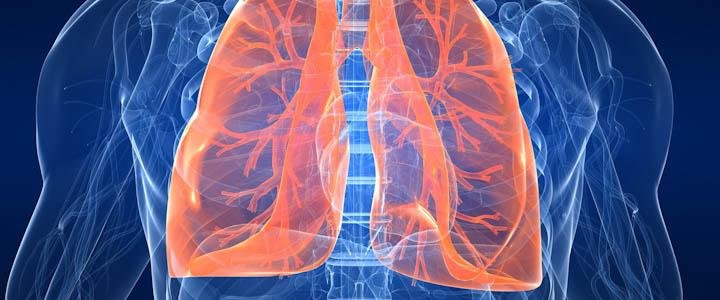What causes malaria nephropathy?
summary
What causes malaria nephropathy? The main clinical manifestations of malaria nephropathy are hypertension, proteinuria, hematuria and edema. All four kinds of malaria can be complicated with this disease, but three day malaria is more common. In patients with acute renal failure caused by malaria, high fever, sweating and insufficient intake of water may lead to the decrease of effective blood volume, and then compensatory sympathetic nerve activity increases, catecholamine secretion increases, renal blood vessels contract strongly, leading to the significant decrease of renal blood flow, which may cause or aggravate renal insufficiency.
What causes malaria nephropathy?
Human beings are generally susceptible to several human Plasmodium species. Plasmodium infection is the only cause of the disease. The incidence rate of kidney disease in malaria endemic areas was much higher than that in non epidemic areas in the same period. In recent years, clinical and histological studies have shown that there are Plasmodium antigens in the glomerular immune complexes of patients, which further confirmed that malaria is an important cause of kidney disease.
The main clinical manifestations of malaria nephropathy were hypertension, proteinuria, hematuria and edema, especially malarial 3-day disease. In patients with acute renal failure caused by malaria, high fever, sweating and insufficient intake of water may lead to the decrease of effective blood volume, and then compensatory sympathetic nerve activity increases, catecholamine secretion increases, renal blood vessels contract strongly, leading to the significant decrease of renal blood flow, which may cause or aggravate renal insufficiency. The main clinical manifestation of chronic progressive renal damage caused by malaria is nephrotic syndrome. It is usually caused by Plasmodium vivax complicated with nephrotic syndrome, which is more common in children. Typical renal edema, pleural effusion, peritoneal effusion, hepatomegaly, splenomegaly and anemia appeared within 3 weeks after the control of malaria. After the edema subsided, proteinuria, renal dysfunction and hypertension continued to exist. A few cases were acute progressive renal failure.
There are only Plasmodium falciparum and gametophyte in the peripheral blood, and there are many chances of detection in the attack period. Most of the parasites enter the visceral capillaries in the intermission period. If gametophyte does not appear at that time, the blood test may be negative temporarily, so it is most appropriate to check the blood of Plasmodium falciparum during the attack period; The blood test of the other three kinds of malaria is not limited by time. Protozoa can be seen in both attack and intermission. Therefore, the patients whose clinical symptoms are similar to malaria and whose blood test protozoa are negative should be examined for several consecutive days, twice a day. For malaria, Plasmodium can be found in the peripheral blood. Blood smears, staining and microscopic examination from the earlobe or fingertip of the patient are still the most reliable methods for the diagnosis of malaria. If Plasmodium rubrum is found, the diagnosis can be made.
matters needing attention
Malaria vaccine, AIDS vaccine and tuberculosis vaccine have become the three priority vaccines in the world. China's self-developed "recombinant malaria vaccine" has been approved by the State Drug Administration and the World Health Organization and has entered clinical trials. At present, chemical drug prevention is a commonly used measure. It can be used as appropriate for healthy people and non-native people in high malaria area. With the effective prevention and treatment of various types of malaria, the renal damage caused by malaria will be controlled.
















